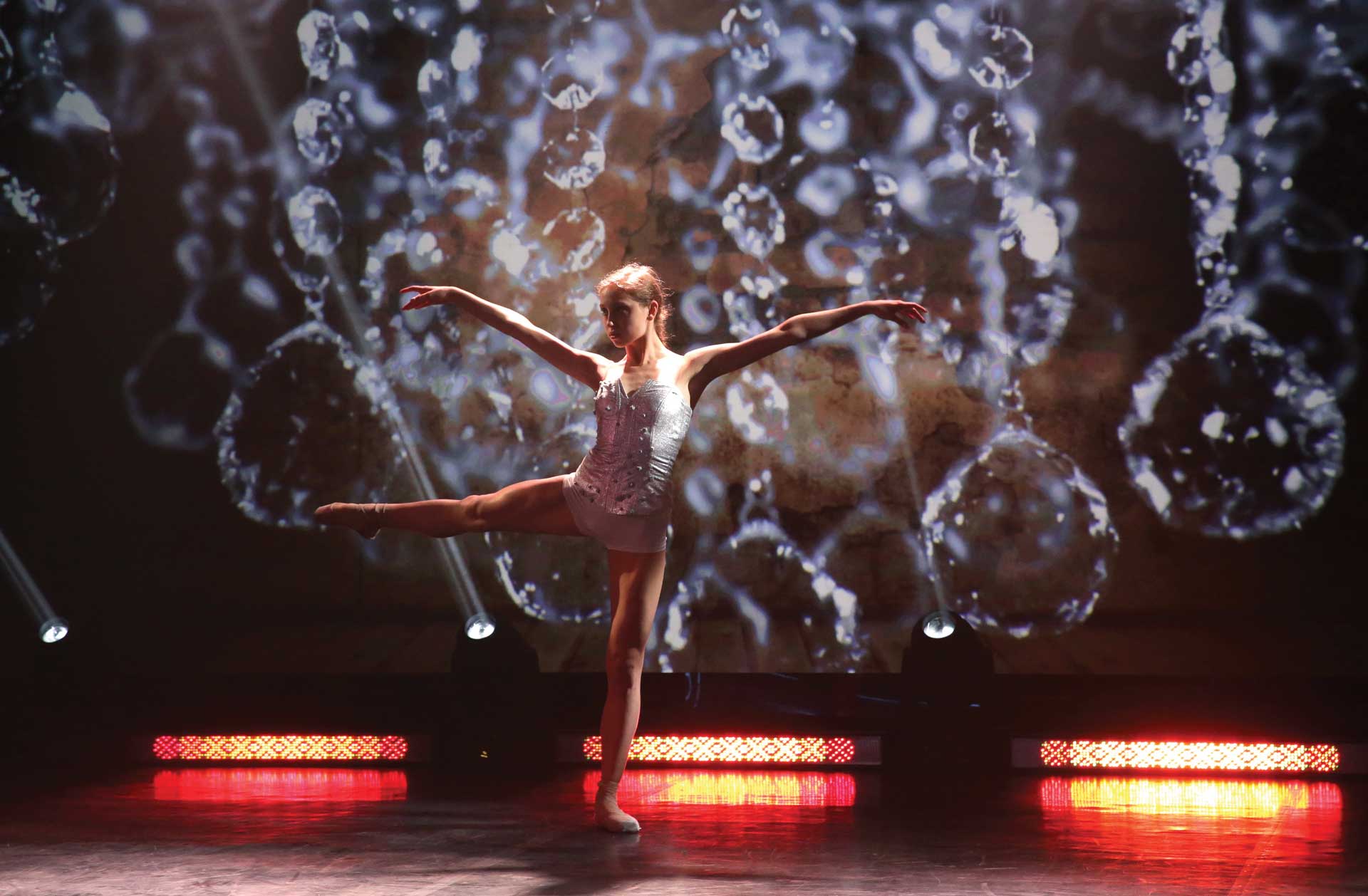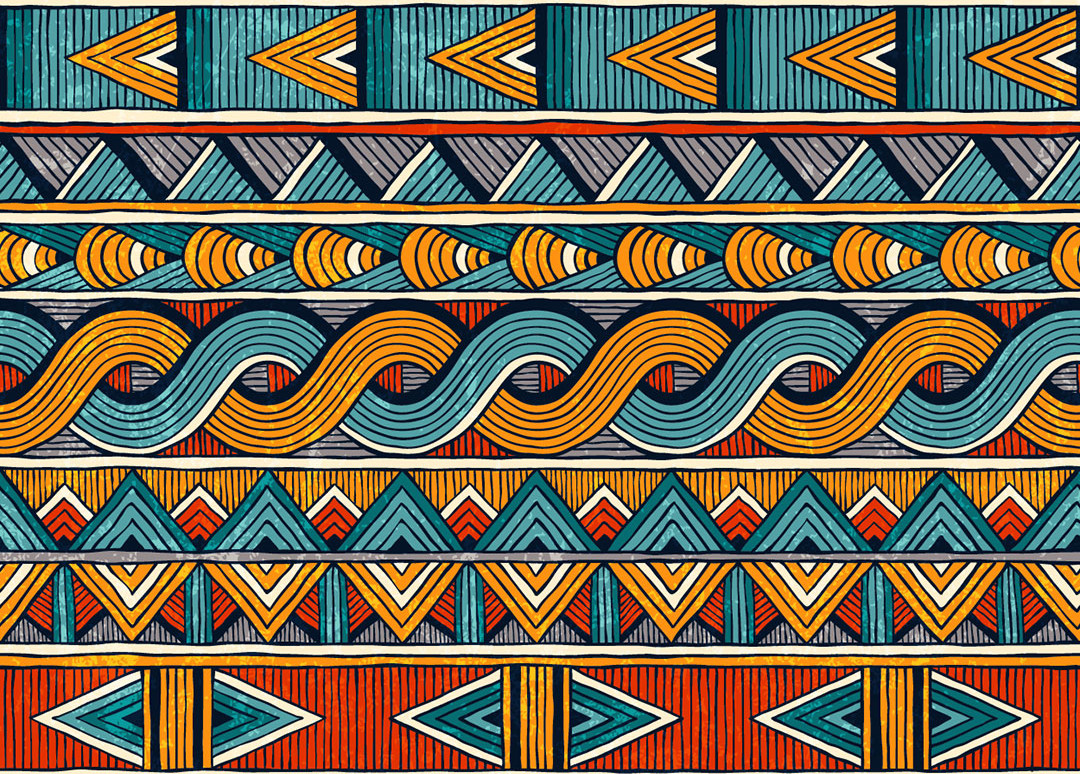
A NEW GENERATION OF LEADERS
“Are you a woman who has what it takes to be a leader?” Sometimes the right question, asked at the right time, is all it takes to put everything into perspective and change direction. For 22-year-old Isilda Mabasso, this was the question. In September 2018, she was presenting an aquaponics project, a sustainable system to grow fish and vegetables together, at the 7th edition of the Mozambican Engineering Fair (FEMOENG), in Maputo.
Her proposal won the Innovative Project Prize at the fair and garnered the interest of the Girl Move Academy, a Portuguese NGO dedicated to empowering girls and women in northern Mozambique to become future leaders: “They were announcing submissions for 2019 and they visited my stand to tell me about Girl Move, about what it was to be a Girl Mover. So, I challenged myself and submitted an application to the academy to see if I could become a benchmark leader.”
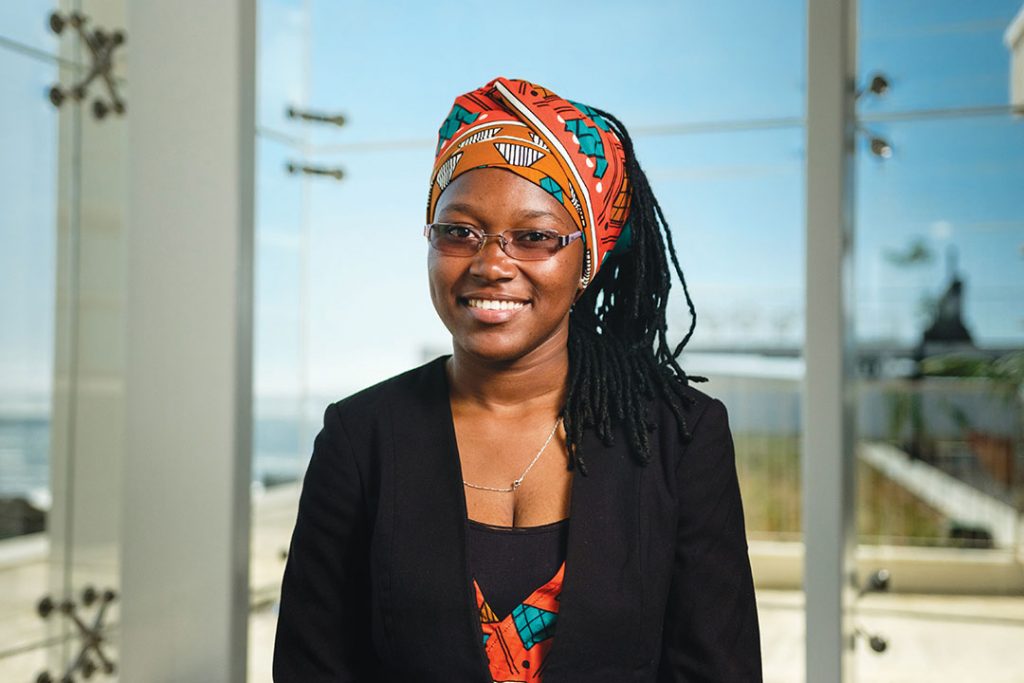
Isilda had just completed her degree in Fisheries Production at the Eduardo Mondlane University’s School of Rural Development for Vilankulo. That is why she was a little hesitant when she got the offer. Especially because entering the academy would mean moving to Nampula, more than 2,000 km from home: “I took the plunge and moved there, although I was a little afraid, but I learned that it’s always good to be afraid. There’s no such thing as a fearless person.” A lot of our fear comes from the burden of responsibility to balance and find the conditions to implement the plan we have idealised.
In January 2019, a young Mozambican woman began her adventure at the Girl Move Academy with direct access to “Change”, the Leadership and Social Entrepreneurship Programme for women with Graduate and Master’s degrees between the ages of 20 and 30. A team of instructors, aided by entrepreneurs, university professors and national and international changemakers who all share the NGO’s vision, provides trainees with the most innovative methods, tools, experiences and, of course, the confidence they need to harness their potential to follow an impact career.
The year-long journey starts at the Impact Career Lab, which helps them to “better understand our country, the challenges it faces and what is being done in our area to improve. I’ve seen that aquaculture is growing, albeit at a small scale, and aquaponics has yet to be invested in. And there is a research centre in Gaza dedicated to research in aquaculture. So, I believe that, with help from the academy and my mentor, the project can be implemented and be something useful.” Isilda stresses the advantages the project brings: “Water wastage is increasing. This project guarantees that water is reused. Not to mention that vegetables will be produced without using chemicals.” The young woman also stresses that the system “doesn’t require a lot of manpower to be implemented.”
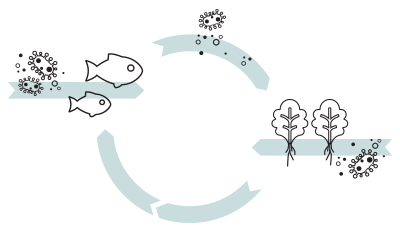
AQUAPONICS FARMING SYSTEM
1. Fish produce ammonia rich waste | 2. The bacteria grown in the fish tank breaks down the ammonia into nitrites | 3. The bacteria grown in the grow bed convert nitrites into nitrates, and take them as nutrients.
HOW IT WORKS:
The system consists of a fish tank and a grow bed. They are connected by a pump which allows the water to irrigate the plants.
FROM FISHING TO AGRICULTURE
The idea came to her during a subject she took at university: “Three components make up an aquaponics farming system: fish, plants and bacteria”, she explains. “In the fish tanks, the first thing we do is feed the fish. While they feed, they also excrete waste, dirtying the water. But this waste can be used to nourish plants. So, the idea is to use the dirty water discarded in aquaculture to feed plants.
The third component, bacteria, plays a key role in the cycle: “In the fish tanks, bacteria convert the faeces into nitrite. Other bacteria in the plants then convert the nitrite into nitrate which then, in turn, becomes nitrogen, the primary nutrient for plants. The tanks are connected to the two systems by a pump and the water is pumped out of the tanks to irrigate the plants. The plants absorb all the nutrients from the water and grow, and the clean water is then recycled to the tanks, free from the nutrients that are harmful to fish. It’s a closed cycle”, she adds. The system was first tested at the Science Week with the integrated production of tilapia, a freshwater fish, and lettuce.
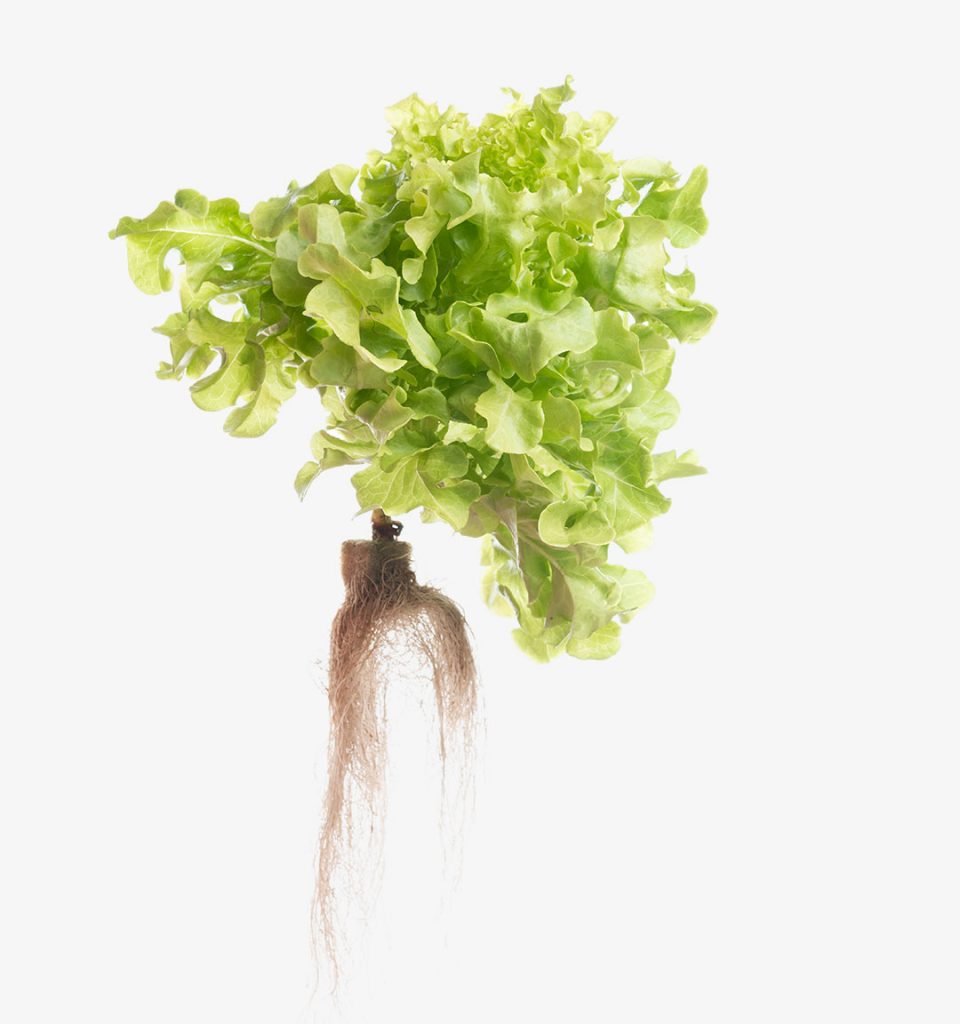
ON-THE-JOB EXPERIENCE
The eight months of training at the Nampula campus are followed by a three-month Life Internship at an institution in Portugal. In this case, the Girl Mover came to Jerónimo Martins: “I spent my first week at Campo Grande, learning the corporate structure, how the departments work…”. Her training then continued at the Sines aquaculture site, which she says is “amazing: “I wasn’t expecting something so big”. Isilda had never been to Portugal before, but she adapted easily to the change, thanks in part to the help of her “Change Buddy”, the name given to the university students in the programme who volunteer to help integrate the Girl Movers.
For Isilda, the Girl Move Academy marks a before and after in her professional and personal life. Especially because, oddly enough, aquaculture wasn’t her choice: “I didn’t choose my course, my father did. I started the course and grew to like it. As I worked on the project, I realised that my course is of great value and that I can use it to help in the development of my country. All thanks to Girl Move and the tools they give us to grow and discover our potential”.
When asked about what the future holds, the Girl Mover is certain that, with her contribution, aquaculture, seen more and more as a solution to the decline of marine species, will become very important to the Mozambican economy within the next five years: “I see a Mozambique where aquaculture is practised from Maputo to Cabo Delgado. People continue fishing, but are also starting to produce their own fish, thus preserving marine life. I see myself as a person who is going to encourage people to change their habits, to adopt new sustainable practices and to grow together”.
AN INFINITE CYCLE OF LEARNING
The syllabus offered by the Girl Move Academy has three programmes: the “Change” programme, in which Isilda Mabasso took part, and the “Lead” and “Believe” programmes. They all share the same goal: to reverse the poverty cycle among Mozambican women, thereby increasing their level of education. A difficult and challenging task, considering that only 10% of girls complete secondary education (40% fall pregnant between the ages of 15 and 19 and are forced to leave school) and, of those 10%, only 1% progress to higher education. Low education levels are evident in the job market: nearly 69% of the active female population earn less than USD 1.9 a day.
The “Lead” programme is for students attending the 1st or 2nd year of university. The “Believe” programme, on the other hand, is for the “Mwarusis”, girls between the ages of 12 and 15 in the final year of basic education and who live in vulnerable neighbourhoods. Founded in 2013 by Portuguese manager Alexandra Machado, the academy follows a cascade mentoring model: each Girl Mover has her own career mentor and is responsible for three university leaders who, in turn, are the mentors of a class of Mwarusis. The aim is for the latter to look up to their older “manas” (Portuguese nickname for sisters) as role models and to understand that, with the inspiration, they too can have a better future.
In the “Change” programme, the rate of employability for impact careers is 80%. With the “Believe” programme, the data is even more encouraging: out of 2,400 mentees, the teen pregnancy rate fell from 40% to 0.4% and the school transition rate stood at 80%, compared to the national rate of 24%.
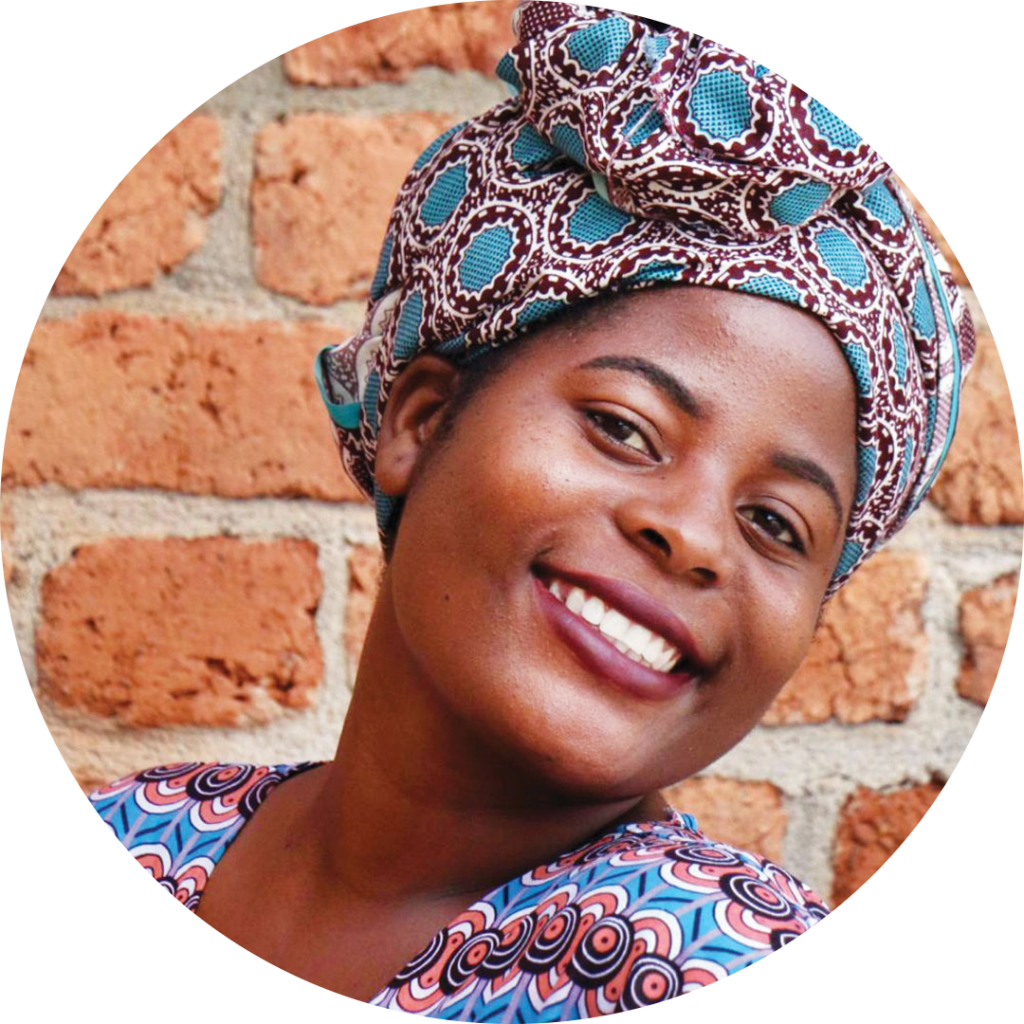
ANA TOMÉ JOSÉ
Degree in Agricultural Engineering, specialized in Business Management by the Instituto Superior Politécnico de Manica (ISPM)
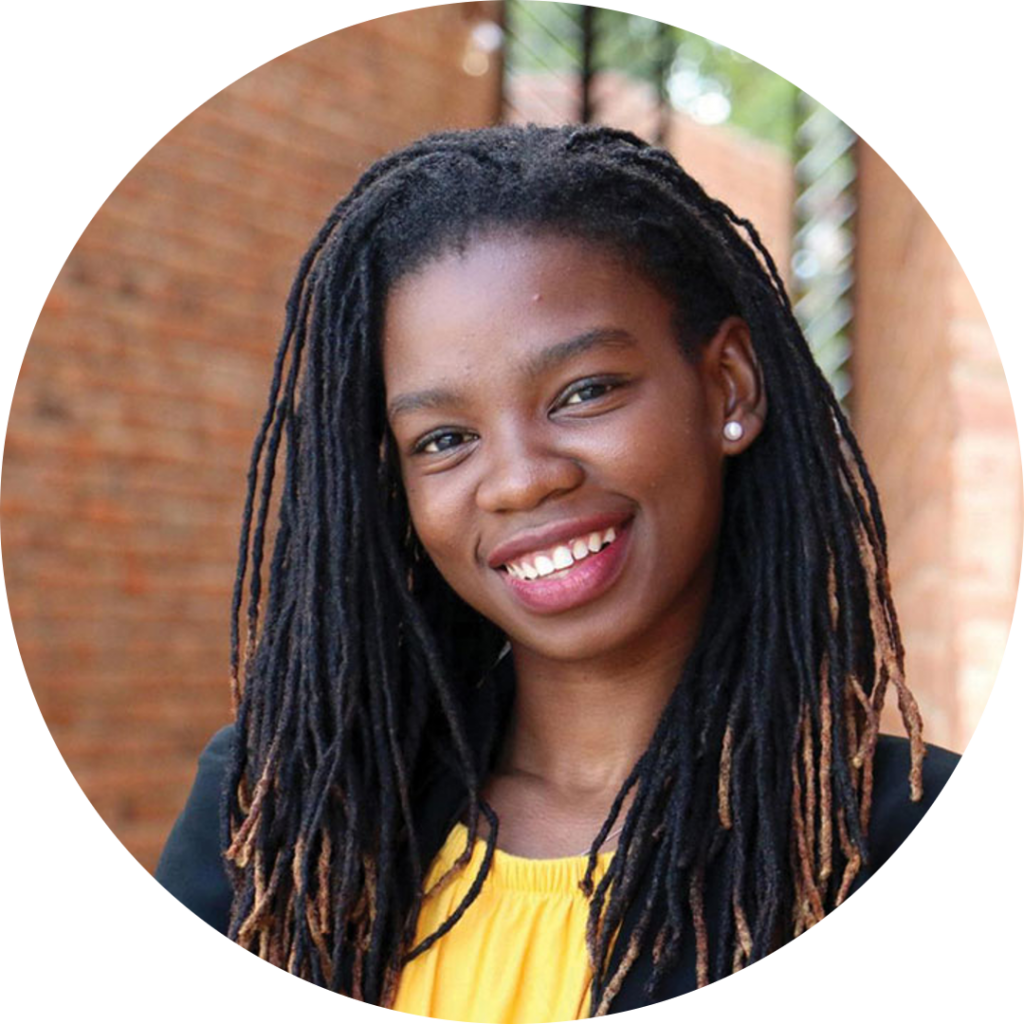
CLÁUDIA MACHAIEIE
Degree in Marine Biology by Universidade Eduardo Mondlane (UEM).
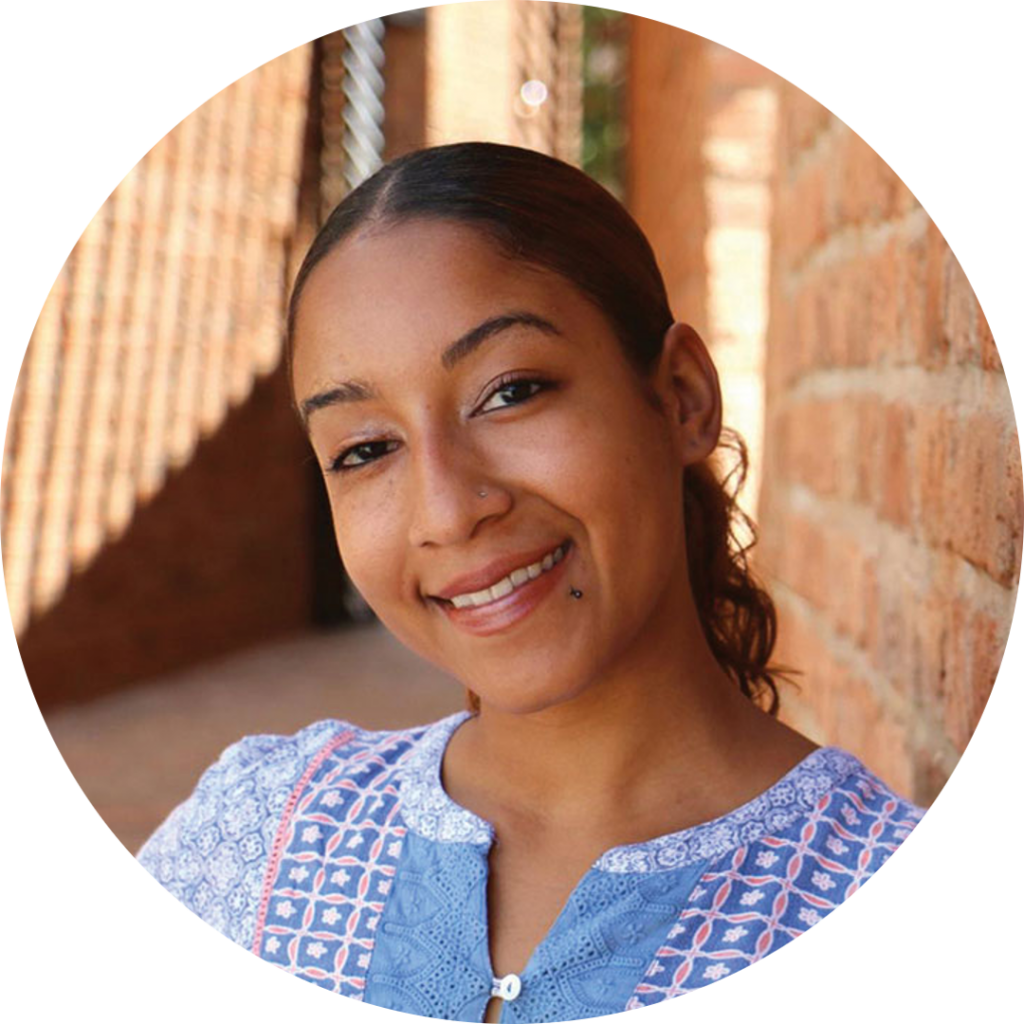
SANDY CANGY
Degree in Marketing Management by the Pearson Institute Of Higher Education.

